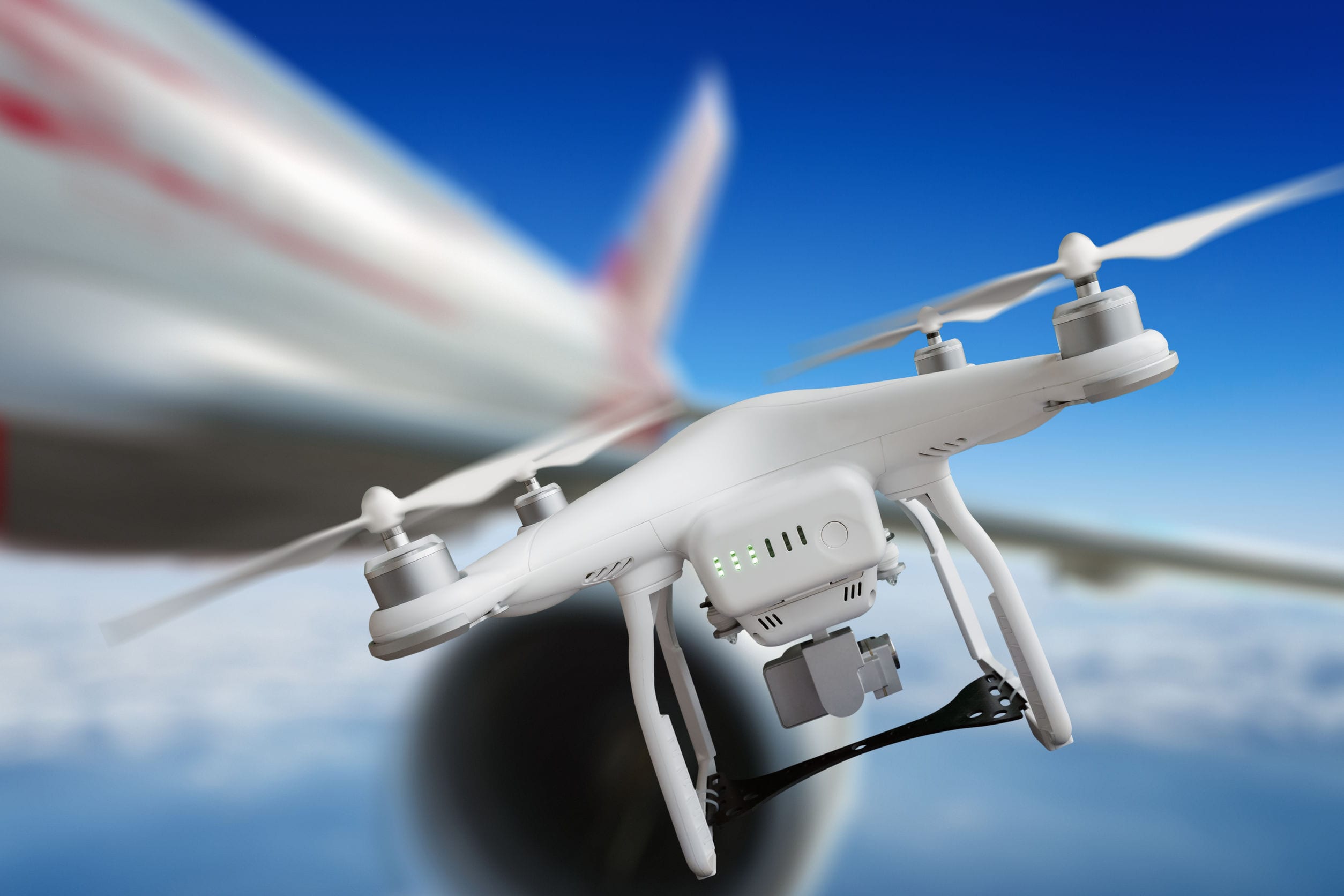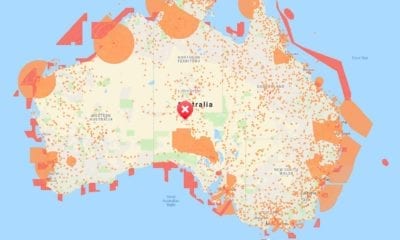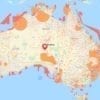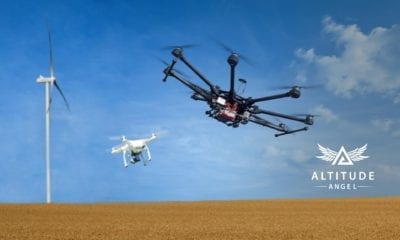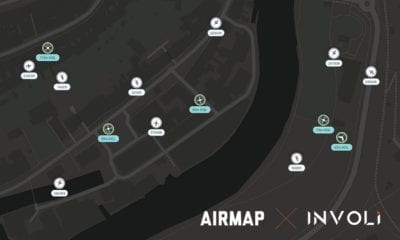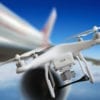News
Close Call at Edmonton Between “Pallet-Sized” Drone & de Havilland Dash 8-400
Regular airline services are finding it riskier to fly planes thanks to the rapid increase in drones use. According to information from the Civil Aviation Daily Occurrence Reporting System (CADORS), there have been 130 reported instances from across the country of drones near planes between Aug. 1, 2017 and Aug. 2, 2018.
The latest one last Tuesday involved WestJet pilots attempting to land at the Edmonton International Airport (EIA) in a de Havilland Dash 8-400 (twin-turboprop). They reported a drone to Nav Canada. Airline spokesperson Morgan Bell said the plane was approximately 6,000 feet above sea level and the “pallet-sized” drone was spotted 2,000 below the left wing.
The drone was reported to be at 1,628 feet above ground level, or at 496 metres. To give estimate it is roughly twice the height of the Stantec Tower, which is Edmonton’s tallest building.
Under Transport Canada guidelines, unmanned aerial vehicles (UAVs) must, among other restrictions:
- Fly below 90 metres from the ground.
- Keep a minimum 30 metres distance from vehicles, vessels, or members of the public.
- Steer 5.6 kilometres off airports.
- Fly within 500 metres, and sight, of the operator.
Nav Canada reported Tuesday’s incident to Edmonton police since it occurred over city airspace, which is within EPS jurisdiction.
“If you’re using them for recreational purposes, we want to make sure you’re up to speed with what’s expected of you and Transport Canada certainly has a whole list of guidelines,” police spokesperson Scott Pattison said. The plane was flying over southwest Edmonton as it lined up to land at EIA, which Pattison considers alarming given how densely populated the area is.
The incident prompted a police investigation and safety reminders about the unmanned vehicles. “One of those drones could … collide with the cockpit, kill the pilot, and obviously the plane certainly could be put in jeopardy, along with the passengers,” Pattison said. “A drone could also bring down a jet by getting caught in the turbines”, he added. The near miss led to Nav Canada calling in Edmonton police.
WestJet issued a statement on Thursday stated, ‘Pilots aboard the airline’s flight 3362 reported a drone of “undetermined size” approximately 2,000 feet below the left wing upon approach the airport’ via an email from Morgan Bell, WestJet adviser for public and media relations.
“Our flight crew continued their approach without incident or impact to operations as they determined there was no risk to the aircraft, guests or crew.” Putting an aircraft at risk by flying a drone where it’s not permitted and endangering anyone’s safety could fetch up to $25,000 in fines and/or jail time.
Edmonton International Airport spokeswoman Traci Bednard said safety is the airport’s priority. The airport supports drone use, Bednard added, as long as it’s safe and within the law — similar to ground vehicles. “We support cars, but there’s a space within our airport that can’t be driven in,” she said. “We support drones, but there are regulations (that don’t allow them near the airport).”

